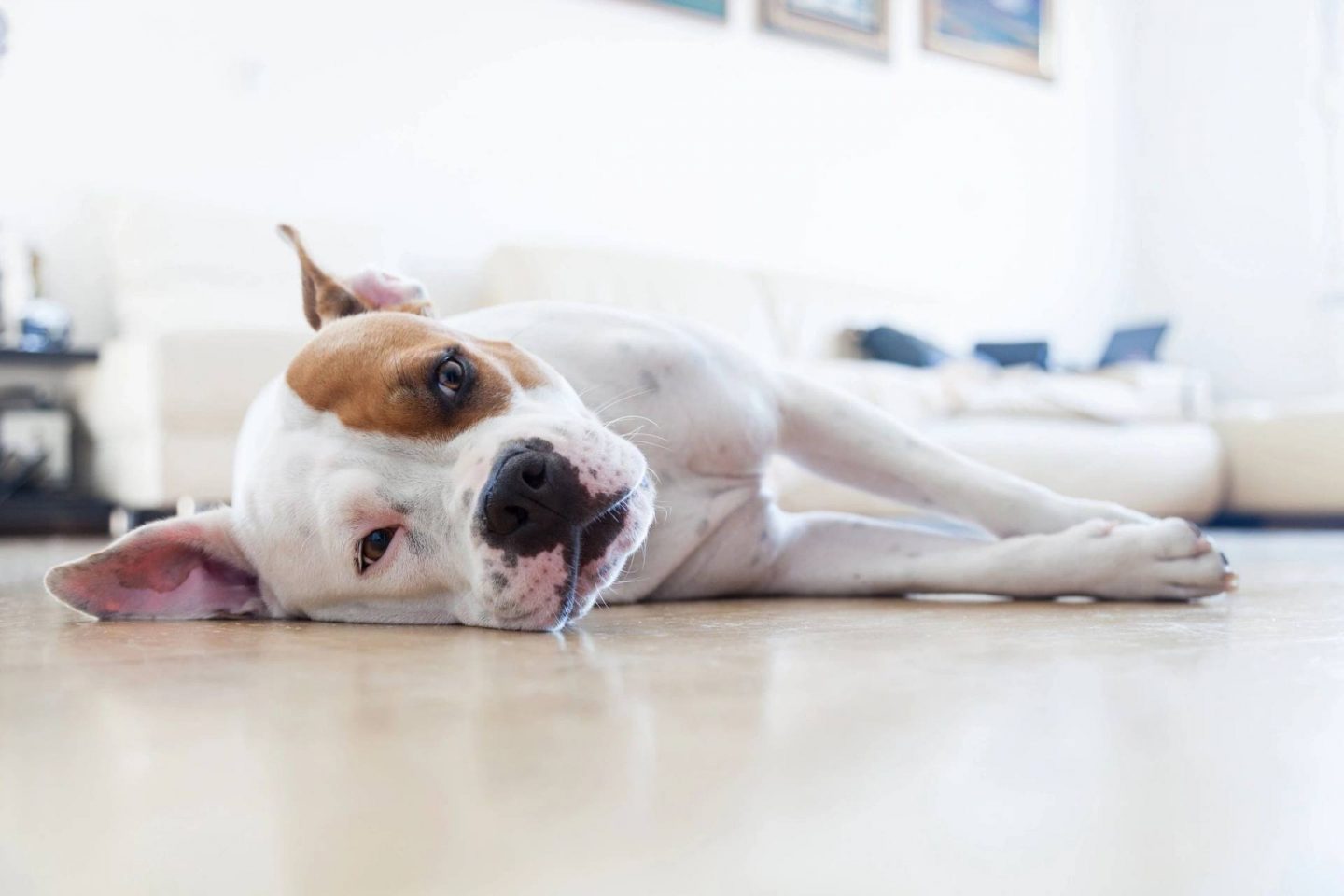*Collaborative Post.
Every pet owner’s number one priority is looking after their pet and giving it the best life possible. However, as much as you’d like, your pet can’t communicate with you. They can’t tell you how they are feeling, whether they are hungry or poorly, so you need to learn to read them to find out what’s going on inside their furry little heads.
While it can be easy to tell when your dog is happy, with a wagging tail and boundless energy, they might seem sluggish sometimes. Even the happiest pups can fall into a funk, so you must know what to do if they seem sluggish and far from themselves.

Get Them Help
If you’re ever worried about your pooch’s condition, speaking to a veterinarian is the best way to get to the bottom of their problems. While it might not be anything significant, you don’t want to see your pet in pain or down in the dumps. Seeing a vet will get the diagnosis you need. They can identify the cause and provide advice to help you treat them.
In the best case, it could simply be indigestion from enjoying one too many treats. However, it could be something worse than this, such as heart or liver problems, especially if your dog is getting on in years.
Give Them the Right Medicine
After diagnosis, you must administer the right medicine to ensure they get back to their best. This is designed to fight infections or other illnesses and should settle any problems so your pup can feel better.
As you won’t want your pet to stay overnight at the vet, many owners select at-home medicine treatments, allowing them to take care of their dog. It can be a little tricky, so try hiding pills in their food.
Check for Injuries or Infections
If you can’t get to the vet, look over your dog to find signs of any infections or injuries. Your dog might have cut themselves on branches or gravel after taking a tumble during their walk, which you might not have noticed at the time.
If the wound hasn’t been cleaned, it becomes a hotspot for infection, especially for long hair dogs. Comb back their fur to see if you can find anything. If there is nothing there, watch out for a limp or delicate movement, as this is a sign they may have sprained their joints.
Adjust Their Diet
There may not seem to be anything wrong with your dog, at least nothing you can see outright, yet they are still acting sluggish. This could be a sign of poor nutrition, so you should consider what you are feeding them, and what you could do to change this.
You might treat your dog as a garbage disposal, but some human food can react badly with their stomachs, creating digestive issues and increasing the chances of obesity. As much as your dog enjoys your leftovers, it won’t do their health any good, so look for healthier food designed specifically for dogs.
Reduce The Amount of Exercise
Too much exercise could be another issue that affects your dog and makes them sluggish. Different dogs need different amounts of exercise, ranging from half an hour to as much as two hours, or even more in some cases.
If your dog always seems exhausted after a walk, reduce the distance you walk or how much activity you do during the walk. This is common when your dog reaches a certain age, as they do not have the strength or energy to race around the park like they used to. It also increases the risk of injuries, especially as they rarely realize they are not as young as they used to be.
Consider Recent Changes
It’s not just humans that experience Seasonal Affective Disorder, it’s also something that can affect dogs, while depression can also take hold after there is a significant change in their life.
Consider anything that has changed frequently in your dog’s life. This could be moving house, a family member has moved out, or a fellow pet has passed away. Any of these could be the reason why your dog doesn’t seem themselves.
Back To Their Bounding Best
There are many reasons why your dog may seem sluggish, so it’s best to find out what is wrong as soon as possible. Once you get the diagnosis, you can make changes to their lifestyle and help them feel better. From treatment to a better diet, to helping them adapt to a new environment, your dog will be back to their happy self in no time at all.
